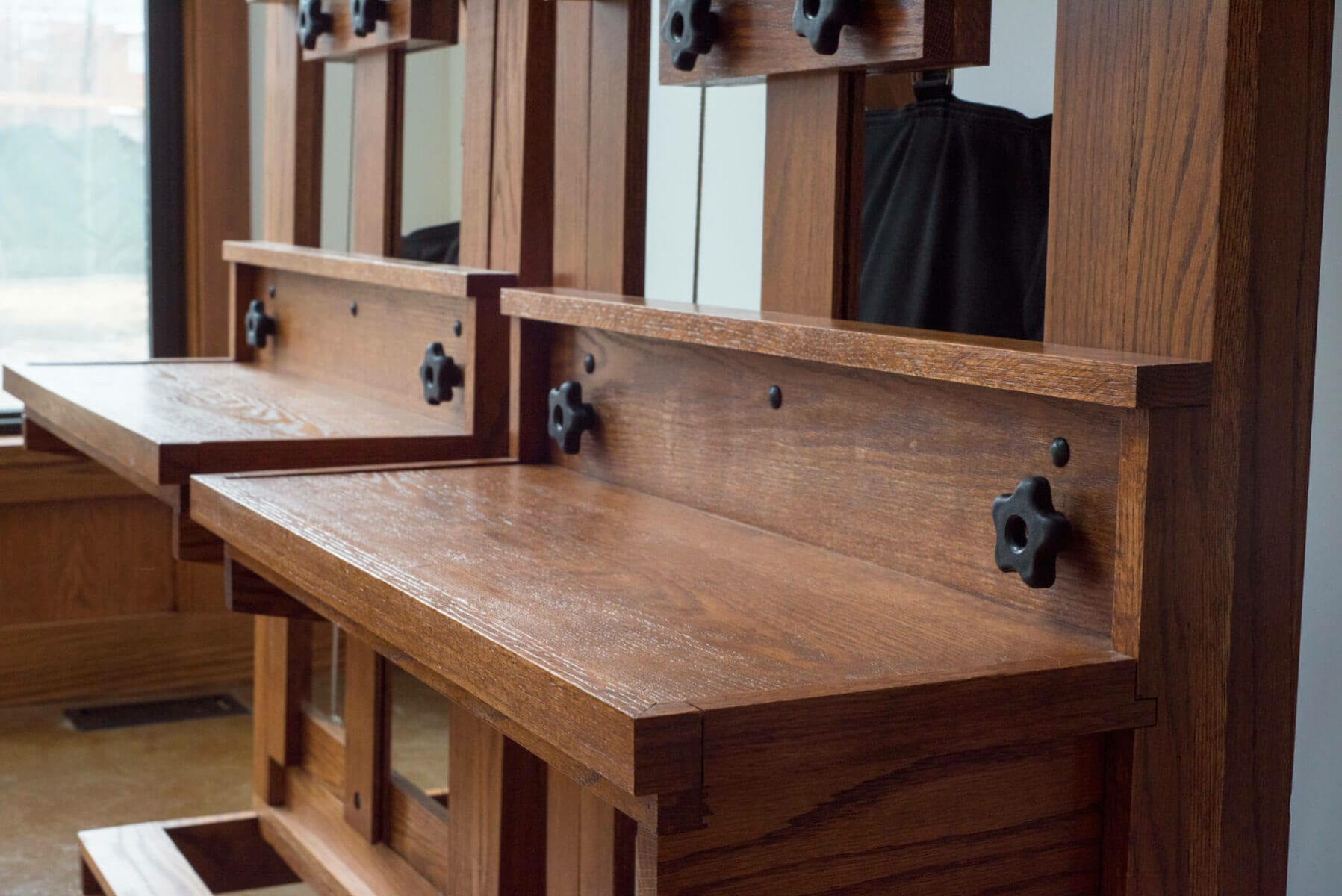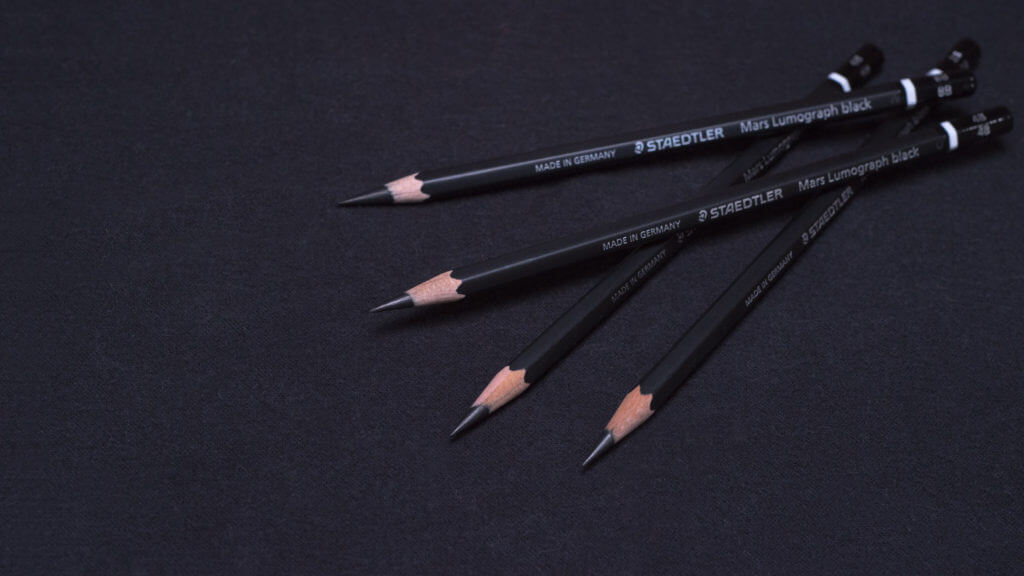A Value Study Demonstration

We’re currently in the middle of teaching one of our live streaming drawing classes on Zoom. This one is focuses on drawing the portrait, and we took a bit of a break last week in observance of Easter.
Lest our students have to go 2 whole weeks with nothing new to work on, I decided to execute a small value study of our model Deandrea to share with the class. I also recorded it in time-lapse to show a bit of the process, which I’ve made available to our students already, so I’m posting it here as well, in case anyone else is interested.
The term “value” refers to lightness or darkness in artwork, kind of like how “pitch” refers to high notes or low notes in music. A “value study” is a small version of a drawing or painting, where an artist can explore the primary value relationships in the picture. Think of it as a kind of rehearsal, where we figure out how light or dark we need to go, and where, in order to capture the primary “effect” of the image – the illusion of light and roundness. This often takes some experimentation, and so dedicating a small study to the task – where you can make mistakes freely without compromising the integrity of your “real” artwork – can be very helpful.
Students sometimes resist doing studies like this, assuming them to be an unnecessary diversion from developing a drawing – a waste of time. But in reality, a value study can save time. They tend to be small, so there isn’t a lot of real estate on the page to cover, allowing you to make changes quickly and easily. This, in turn, helps you learn about how to best organize the values on your drawing in an efficient way, leading to fewer errors on your primary work – fewer errors that will need time-consuming corrections down the road.
In all, I spent a couple of hours developing this value study, and enjoyed every minute of it. It’s really “low-stakes” drawing, when you think about it. Being just a study, it doesn’t matter much if you screw it up – because it’s small, you can start a new one pretty quickly if necessary. Also, since value relationships are our primary concern in a study like this, it doesn’t matter if it looks “pretty”. I don’t bother too much with small, cosmetic concerns of how he material is organized on the page. It can be hatchy, blotchy, fuzzy, or whatever. As long as the values are basically right – tuned appropriately to convey a sense of light and 3-dimensionality – then the study has done it’s job, allowing me to proceed with my portrait drawing with greater confidence.
Here’s the short video demonstrating a value study I shared with my students recently. I hope you find it helpful!







Responses